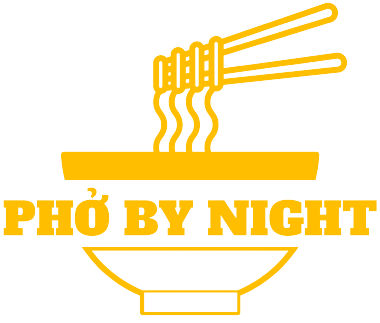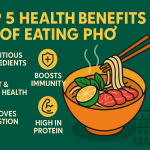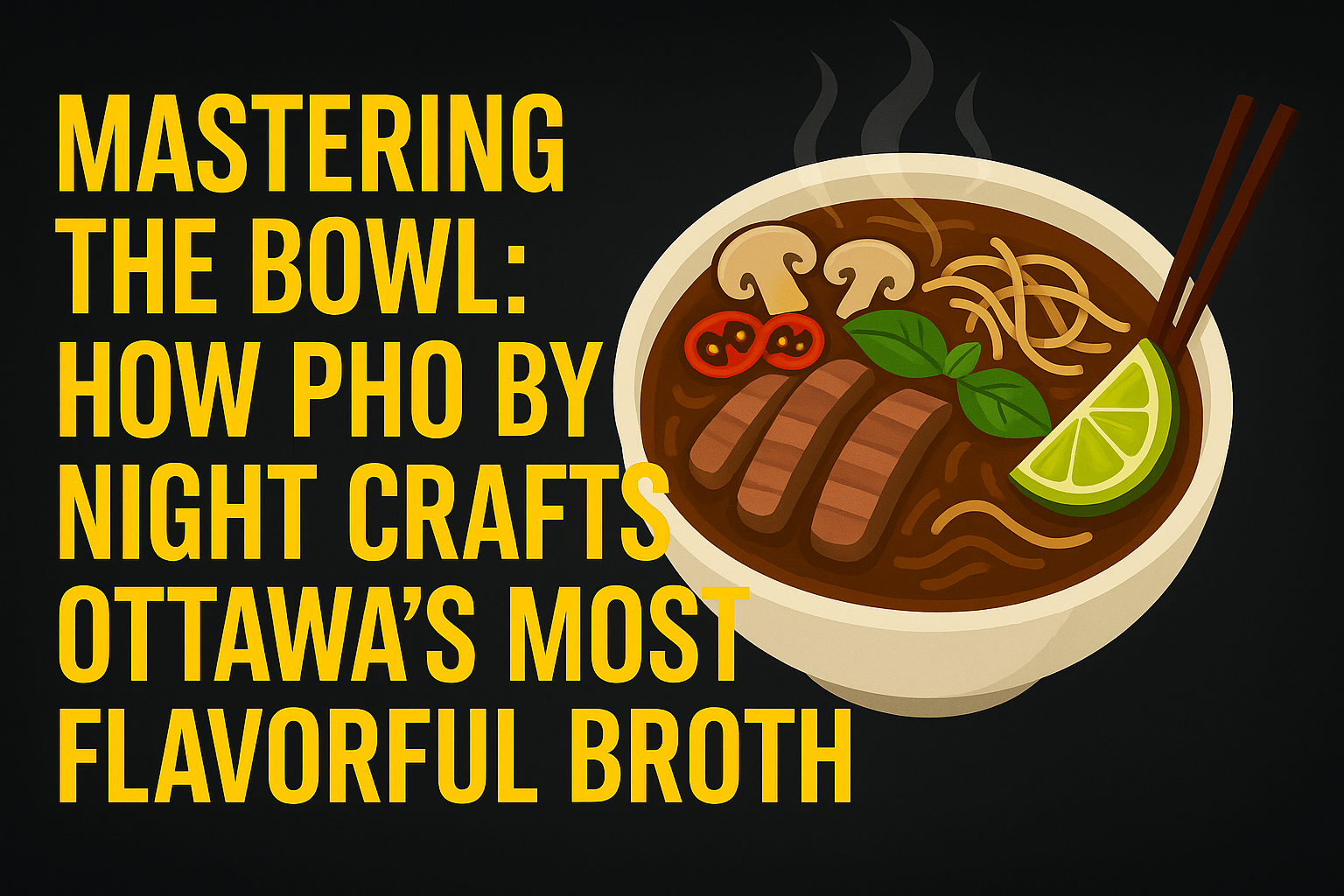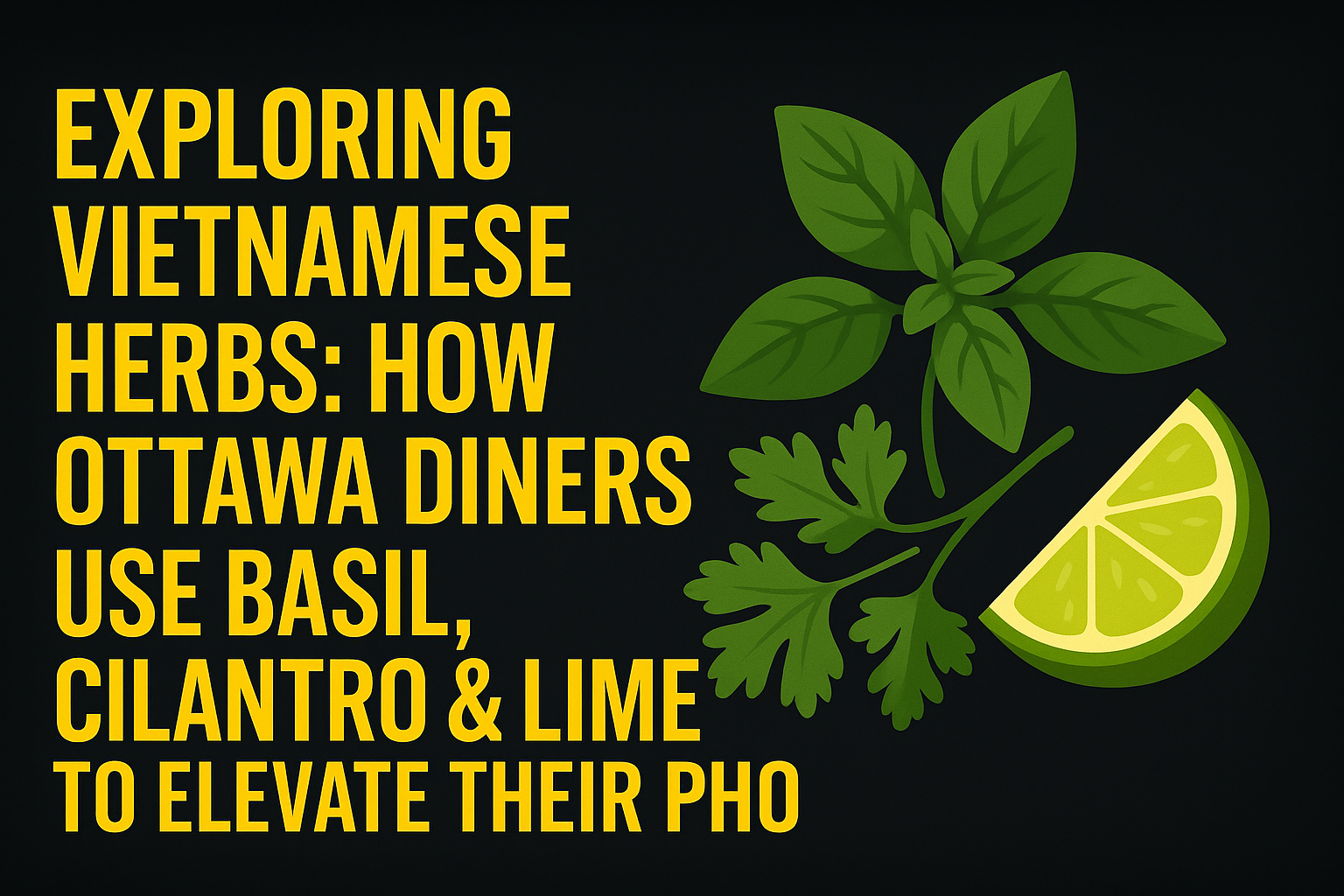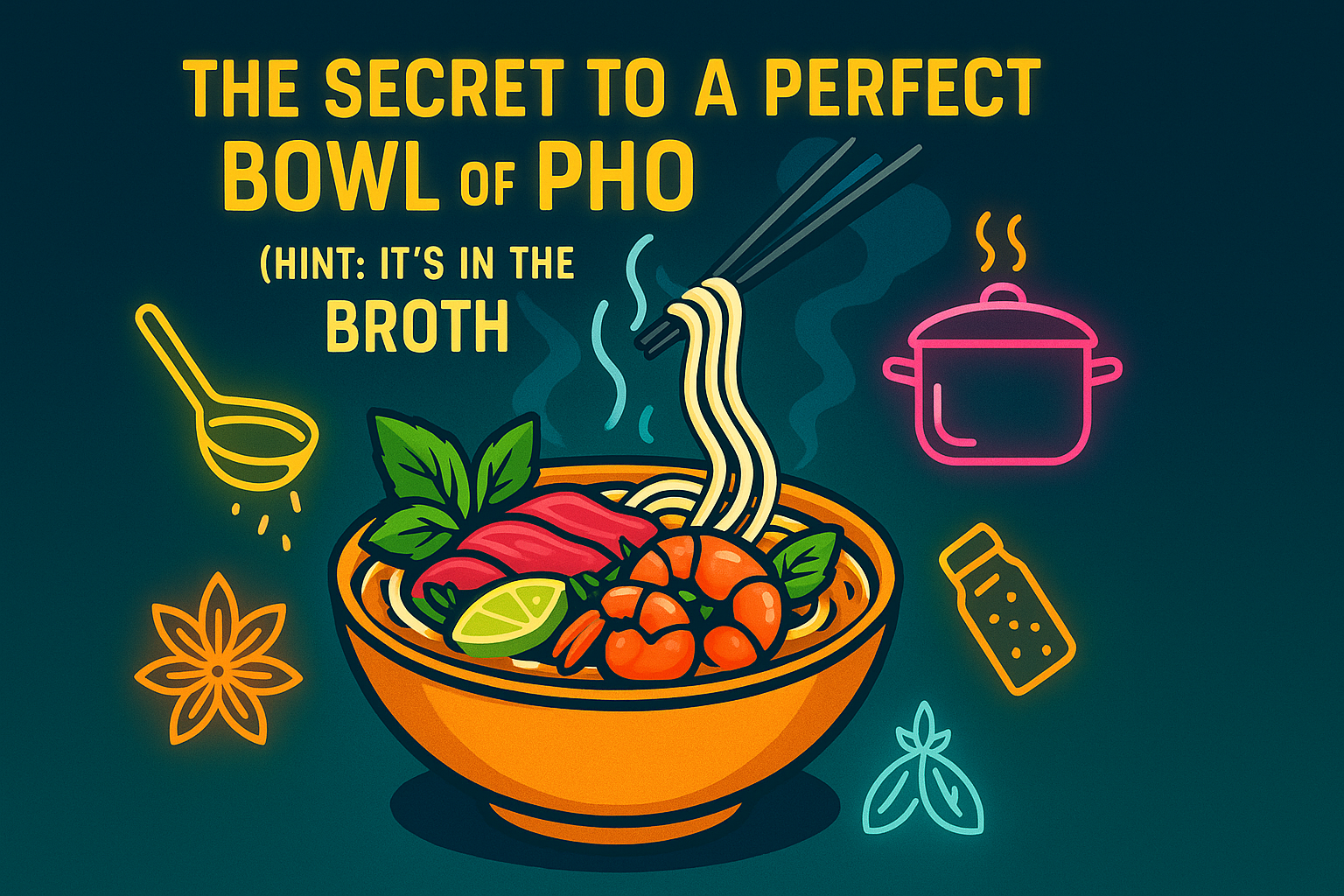
The Secret to a Perfect Bowl of Pho (Hint: It’s in the Broth)
Few dishes capture the soul of Vietnamese cuisine like pho. Aromatic, nourishing, and endlessly comforting, pho is more than just noodles in soup—it is a cultural symbol. Yet, ask any true connoisseur where the magic lies, and the answer is unanimous: it’s all in the broth. A bowl of pho is only as good as the depth, clarity, and complexity of its broth.
This article explores what makes pho broth extraordinary, from its cultural roots to the techniques that chefs and home cooks alike use to achieve perfection.
The Cultural Significance of Pho Broth
Pho is Vietnam’s national treasure, but its roots stretch beyond being just another soup. It represents the marriage of French and Chinese culinary influences with local Vietnamese ingenuity. While noodles and aromatics are key, the broth is the heart.
Much like wine in France or ramen in Japan, broth in pho reflects patience, craftsmanship, and respect for tradition. In Vietnam, family recipes are passed down through generations, with each household claiming a “secret technique” for drawing out flavor from bones and spices.
If you want to understand pho, you must first understand its broth.
The Foundation: Choosing the Right Bones
Pho broth traditionally begins with beef or chicken bones. For beef pho (phở bò), marrow-rich bones, knuckles, and oxtail are essential. These cuts release collagen and gelatin, giving the broth its signature richness and body. Chicken pho (phở gà) relies on whole chickens or carcasses, producing a lighter, cleaner taste.
The choice of bones is not simply about flavor; it’s about structure. Slow simmering extracts marrow, nutrients, and natural umami. According to research on nutritional bone broth benefits (external), collagen-rich broths not only taste better but also provide health advantages for joints and digestion.
The Crucial Step: Roasting and Charring
A defining feature of pho broth is the roasted spices and charred aromatics. Onions and ginger are charred over open flame until blackened. This adds smokiness and depth, balancing the richness of the bones.
Star anise, cloves, cardamom, cinnamon, and coriander seeds are toasted before going into the pot. These spices infuse the broth with their warm, fragrant character. Without this step, pho risks being bland or flat.
The Long Simmer: Time is the Secret Ingredient
Pho broth is not fast food—it is a lesson in patience. Authentic pho requires at least six to twelve hours of simmering.
- Low and slow cooking extracts flavors without clouding the broth.
- Skimming impurities ensures clarity, a hallmark of premium pho.
- Layered seasoning with fish sauce and rock sugar balances savory and sweet.
This slow process mirrors the Vietnamese philosophy of balance—yin and yang in culinary form.
Why Clarity Matters in Pho Broth
One of the benchmarks of a perfect pho broth is its clarity. Unlike stews, pho should not be cloudy. Clear broth signals skill, discipline, and attention to detail.
In Ottawa’s thriving Vietnamese food scene, restaurants like Pho By Night take great pride in serving crystal-clear broth without sacrificing depth of flavor. This standard sets apart authentic pho from shortcuts.
Balancing Flavor: The Role of Fish Sauce and Sugar
Aromatic bones and spices alone cannot complete pho broth. The final seasoning is where mastery shows:
- Fish sauce: The salty, umami-rich backbone that enhances natural meat flavors.
- Rock sugar: Subtly balances bitterness and spice, adding a roundness to the broth.
This balance is why pho feels both refreshing and filling. It’s also the reason pho has become one of the healthiest yet most indulgent noodle soups in the world, rivaling ramen and tom yum.
Comparing Pho Broth to Other Asian Soups
Many diners compare pho to ramen or Korean soups. But pho broth has its own unique qualities. Unlike Japanese ramen, which often uses miso or soy-based broths, pho maintains lightness with depth. Unlike Korean soups, which can be intensely spicy, pho emphasizes harmony over intensity.
This difference is highlighted in guides such as Vietnamese food vs. Korean food, showing why pho broth stands apart in Asia’s soup culture.
Pho Broth and Health Benefits
The secret to pho’s appeal isn’t just taste—it’s also its health benefits. Bone broth is rich in minerals like calcium, magnesium, and phosphorus. It also contains collagen, which supports skin and joint health.
For health-conscious diners, pho broth offers a nutrient-dense yet low-fat option. Articles on Vietnamese food and health explain why broth-based dishes like pho remain staples for those seeking balance between indulgence and wellness.
Regional Variations in Pho Broth
Pho broth is not one-size-fits-all. In Vietnam, regional traditions shape flavor profiles:
- Northern Pho (Hanoi style): Clear, light broth, fewer garnishes, emphasis on beef.
- Southern Pho (Saigon style): Sweeter broth, more herbs and toppings like basil, bean sprouts, and lime.
Ottawa’s Vietnamese restaurants often blend both traditions, giving locals a taste of Vietnam’s diverse culinary heritage.
The Healing Powers of Bone Broth
For centuries, bone broth has been considered a healing food. In Vietnamese culture, pho is served to the sick, the weary, and the hungover alike. A steaming bowl provides hydration, electrolytes, and comfort.
This tradition is explored further in resources like The Healing Powers of Beef Bone Broth in Vietnamese Pho, which details the restorative qualities of this age-old dish.
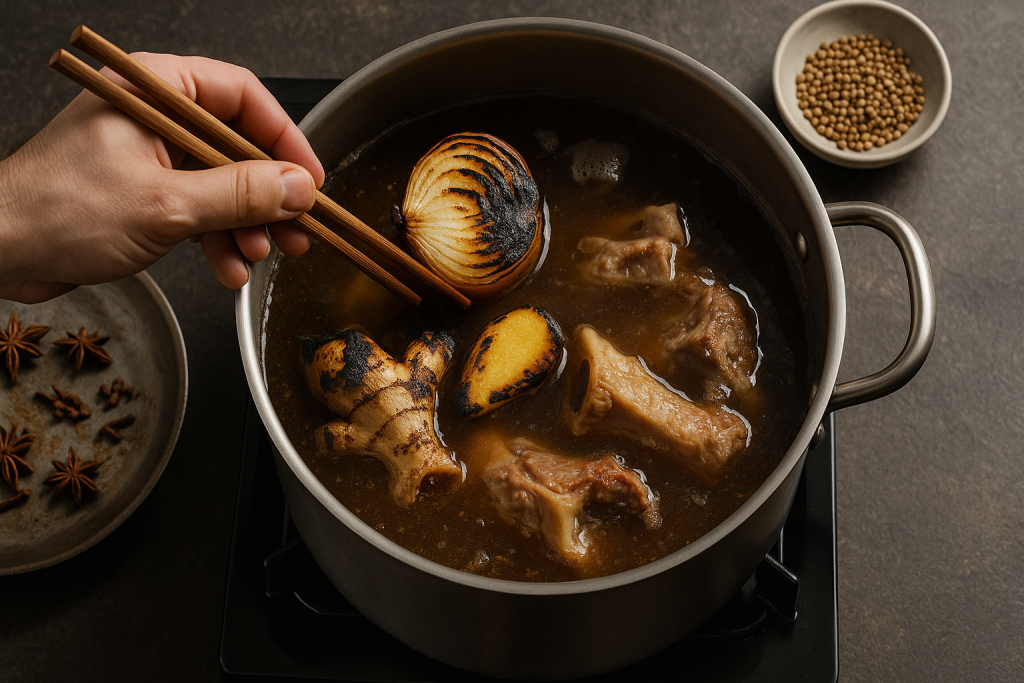
Perfecting Pho at Home
For home cooks aspiring to recreate restaurant-quality pho, a few golden rules stand out:
- Use marrow-rich bones for depth.
- Char onions and ginger to add smokiness.
- Toast spices before simmering.
- Simmer gently—never boil aggressively.
- Season at the end with fish sauce and sugar.
By following these steps, you bring Vietnamese culinary tradition into your own kitchen.
Pho Broth in the Modern Culinary Scene
Pho’s popularity has expanded globally, from Paris to Ottawa. Today, pho is recognized as not just street food but also a gourmet dish. Restaurants highlight their broth as the star, with chefs competing on subtle differences in spice blends and simmering methods.
This cultural elevation mirrors trends in Vietnamese coffee, where traditional methods meet modern gastronomy. Both showcase Vietnam’s rising influence on the global culinary map.
Why Locals in Ottawa Love Pho By Night
In Ottawa, Pho By Night has become a staple for pho lovers. Known for its late-night service and authentic recipes, the restaurant ensures its broth remains faithful to Vietnamese tradition.
Diners appreciate not just the noodles and garnishes, but the deep, aromatic broth that lingers long after the meal. For many, this is the taste of comfort, community, and authenticity.
Conclusion: The Broth is the Soul of Pho
The perfect bowl of pho doesn’t start with noodles or herbs—it starts with broth. Hours of simmering, layers of spices, and a balance of flavors create an experience that transcends mere food.
Whether enjoyed in Hanoi, Saigon, or Ottawa, pho broth is the silent hero. It is the essence of Vietnamese cuisine, the comfort food of millions, and the secret that keeps pho lovers coming back for more.
For those who want to taste true authenticity, the journey always leads to the broth.

